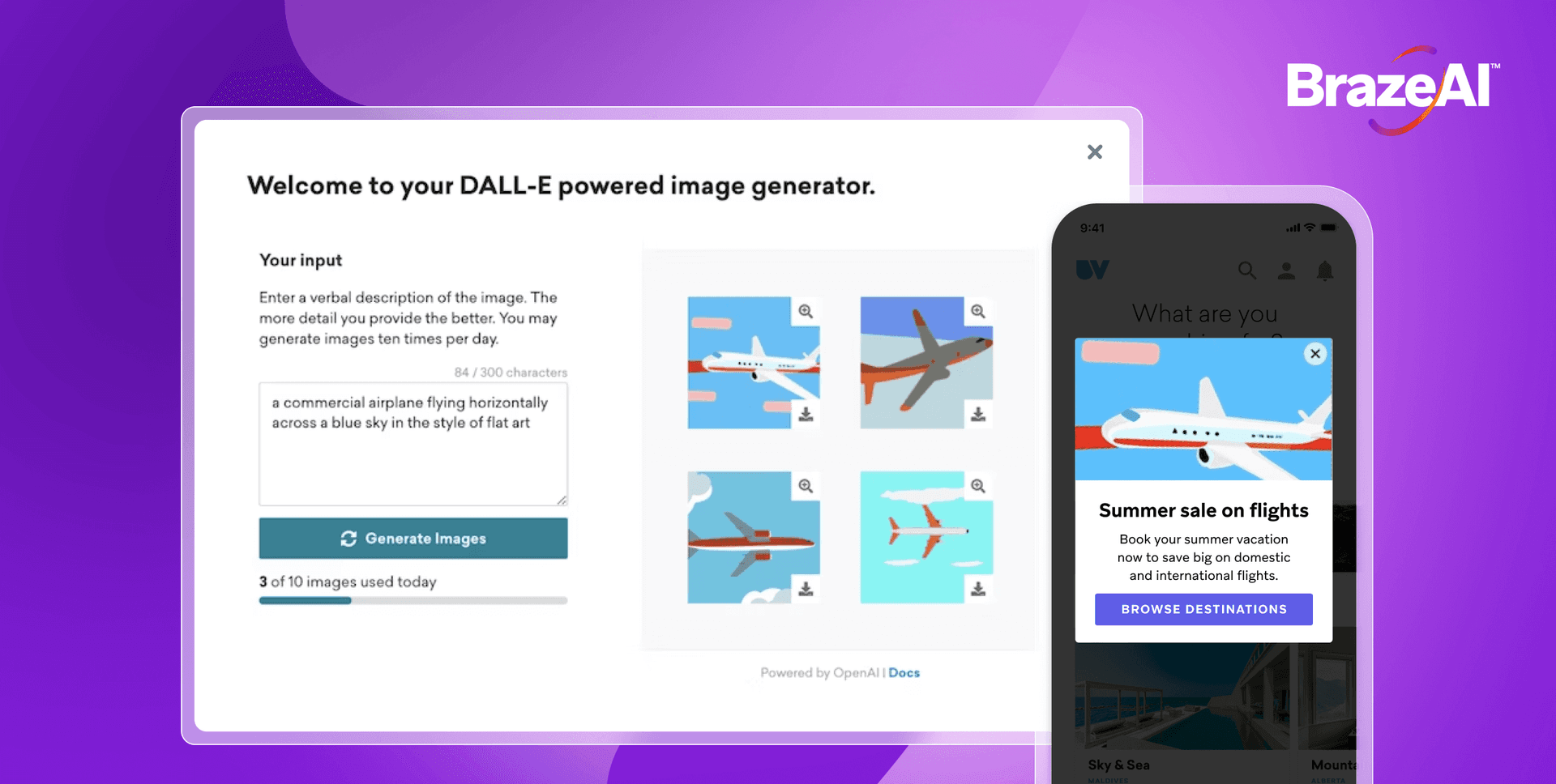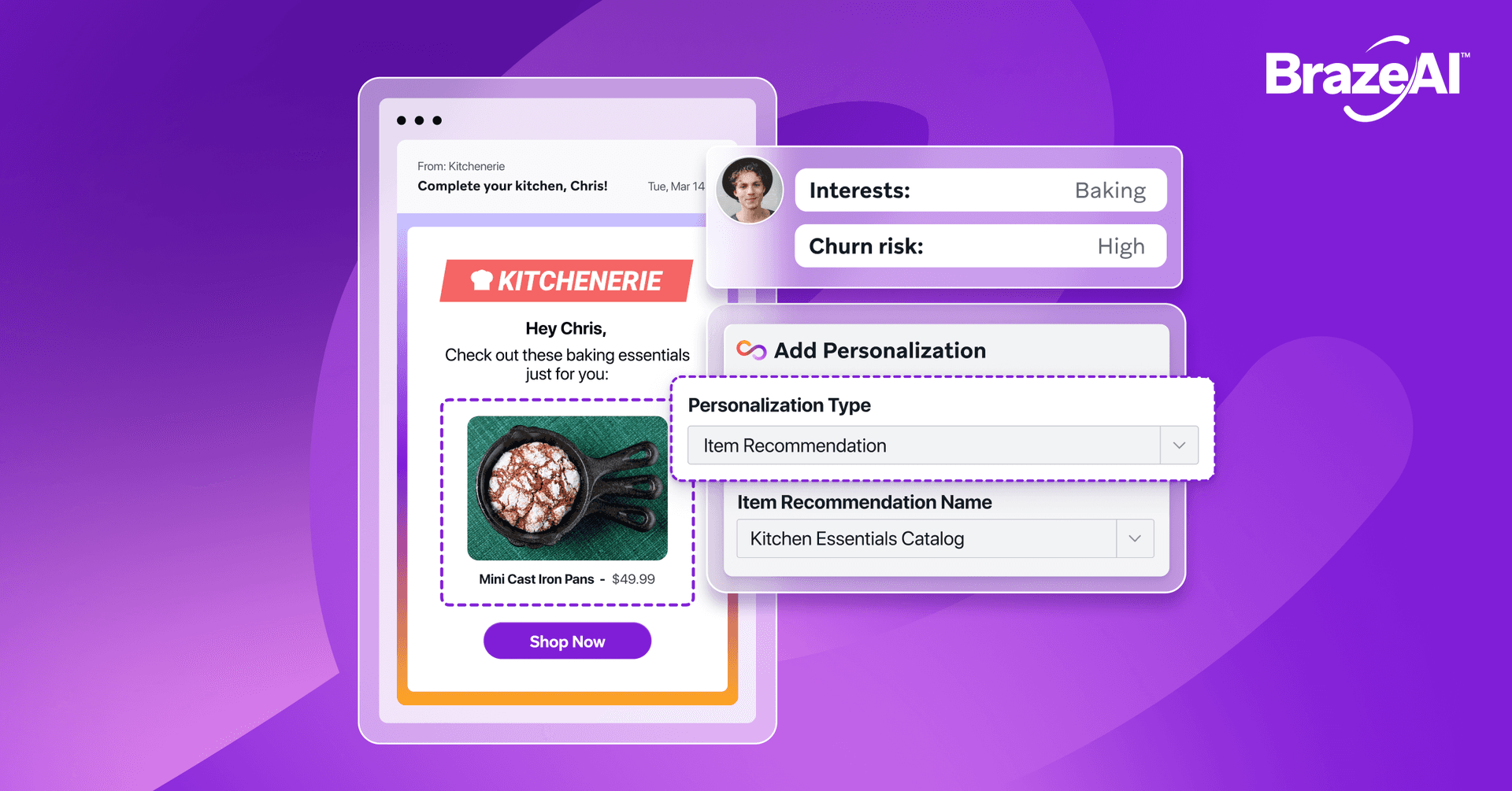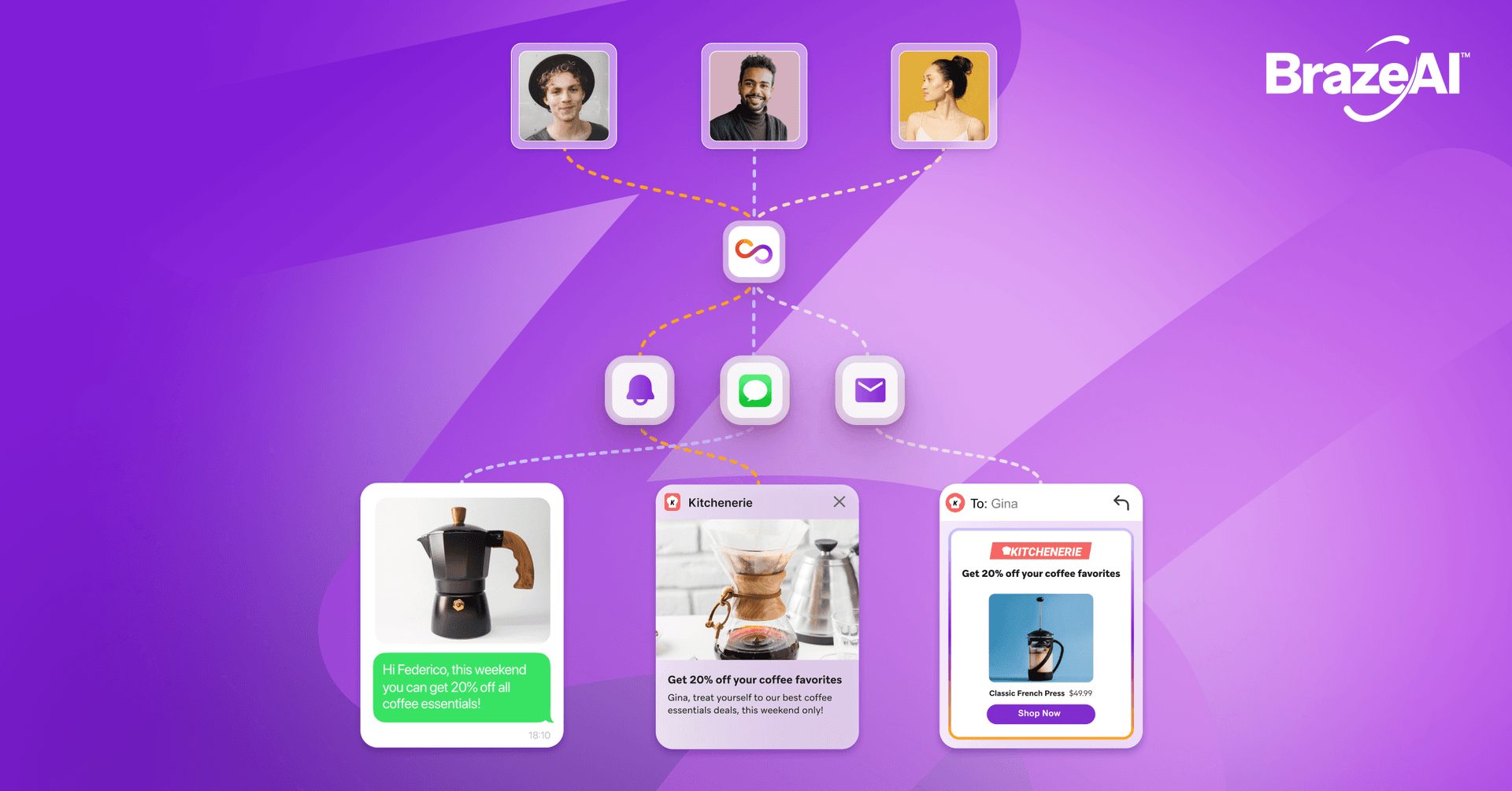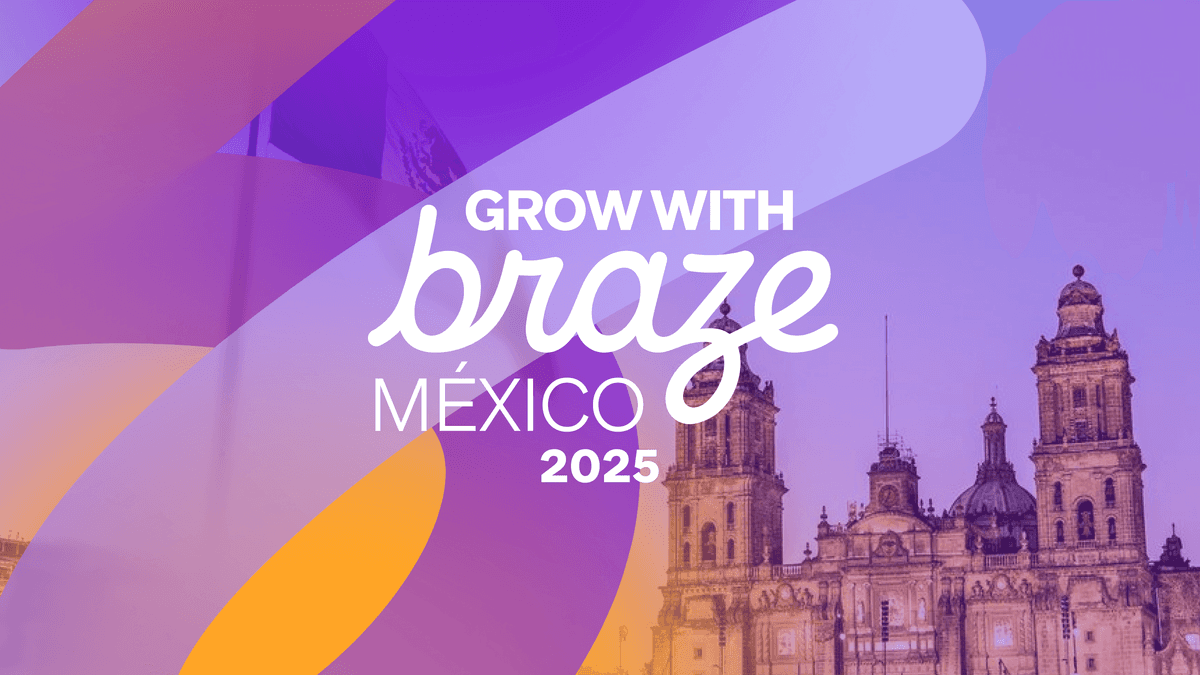Published on June 26, 2024/Last edited on June 26, 2024/17 min read


Email marketing. It’s been around, well, as long as email. Best practices have undergone many iterations over the years. Even still, email remains one of the most effective forms of digital marketing.
Whether you’re a marketing professional looking to up your email game, or a young professional looking to learn the discipline, this guide will help you create email campaigns that get noticed—and get results.
In this guide, we’ll cover:
An email marketer is a digital marketer who specializes in email. These professionals produce and analyze emails. Depending on skill sets, they may also write and design emails as well as utilize coding and automation tools.
Email marketing includes several subtypes. Each requires slightly different strategies:
Welcome emails are exactly that: Emails that welcome new subscribers. These are opportunities to thank first-timers and introduce them to the type of content they’ll see.
Promotional emails advertise specific sales promotions, like new items, sales items, and/or end-of-stock items. The same can be said for services.
Have something important to say or promote? Announcement emails will let your audience know. Examples include: Website updates, new product launches, changes to business, or changes to Terms and Conditions.
Every brand has milestones and these are worth celebrating. Milestone emails cover holidays, special occasions, or events, such as birthdays, anniversaries, or customer milestones.
Newsletters are typically recurring, regularly scheduled emails that contain company updates and promotions. Newsletter emails keep audiences engaged and brands top of mind.
Let’s be real: Many people are annoyed by surveys. Still, many others are happy to fill them out, especially if properly incentivized. Surveys are great data collectors and give you insight into what your customers care about.
Re-engagement emails are sent to “cold” recipients. These individuals haven’t responded or engaged for some time. However, it’s worth trying to reignite their interest. Even if you turn over a small percentage, those conversions can be worth thousands.
Email marketing is a subset of digital marketing—the latter being a much broader term. Both are essential for reaching consumers. However, email marketing is strictly related to email campaigns.
Email marketing focuses on email strategy, execution, and iteration. This targeted communication informs, engages, and builds communities through email campaigns.
Today, email marketing has graduated from generic, batch-and-blast emails to more customized, segmented, and consent-driven campaigns that deliver value to customers throughout their lifecycles. Automation and personalization tools help streamline the process, making email more relevant than ever before.
An email marketer may create entire email campaigns themselves. But, more often, they help produce email campaigns, working in concert with copywriters, designers, and coders to optimize appeal and function.
Digital marketing encompasses all internet-based promotional activities, including email marketing. Digital marketing also covers a wide range of strategies and expertise, such as paid advertising, video advertising, social media marketing, text messaging, and search engine optimization (SEO).
Unlike traditional marketing, which focuses on print advertising, billboards, and direct mail, digital marketing leverages online platforms and reaches audiences through phones, tablets, and computers.
Email marketers are imperative to business because email generates significant revenue. For those willing to invest, that’s a massive payoff.
Here are nine ways email marketers can benefit businesses:
If done well, email is an incredibly cost-effective way to acquire and convert customers. Additionally, with the ability to run multivariate tests, you can help ensure you’re driving the most value from the channel.
Measure how customers interact and build future email campaigns based on data. Gain insight into customer needs and tailor offerings to address specific pain points. Over time, you’ll create better, more effective email campaigns and maximize revenue.
Email is another avenue to spread campaigns and increase engagement. This low-cost medium creates more sales and provides significant bumps to your bottom line. With email, you give yourself another way to convert aware audiences into paying customers.
Automation allows businesses to streamline email campaigns with minimal time and effort. These processes enable brands to create always-on lifecycle messaging while enhancing efficiency.
Email marketing is an opportunity to get personal. With simple code, you can address your audience members on a first-name basis and tailor messaging to their individual needs. This creates a stronger bond between brands and customers, improving conversion rates and increasing campaign efficacy.
At Braze, we have several personalization tools to help tailor email campaigns to audience segments and even at the individual level. AI Item Recommendations show customers items based on previous behaviors, while Personalized Paths help brands personalize individualized and relevant journeys at scale.
Email marketing is great for driving web traffic. When links and buttons are thoughtfully placed, your audience will go where you want them to go.
A well-executed email campaign can deepen your customer pool by encouraging sign-ups, referrals, and shares. A big component of your success is building an engaged subscriber base. With Braze, email marketers can convert anonymous website visitors with campaigns specifically targeted to them. They can also track them (with our SDK) and use that data to further personalize messaging to be more effective.
Email marketing includes various metrics, such as open rates, click-through rates, conversion rates, delivery rates, spam rates, and unsubscribe rates. Monitoring these KPIs is super valuable. And they’ll help you refine and optimize your email marketing for best results.
Since most people have email, you can uncover a diverse, global audience. Email campaigns allow your business to connect with potential buyers—worldwide.
Don’t send an email just to send an email. Instead, use KPIs to help actualize business goals. KPIs vary between industries. But there are some standard metrics you’ll need to know. Below, you’ll find the KPIs that matter most to email marketers.
This might be the single most important KPI. After all, you can’t convert someone if they never open your email in the first place.
Reopen rates tell you whether or not a recipient reopens a particular email. These are great indicators of engaging emails.
Recently, Apple’s Mail Privacy Protection feature has affected some open rates. Alternatively, you can now use “non-open” rates to gauge comparative reach.
Click rates are exactly that: The percentage of customers who click on your emails. Click rates provide clear pictures of engagement, making them valuable metrics for email marketers.
Dealing with inflated click rates? Check out this article to better understand bot clicks.
Conversion rates are the percentage of recipients who perform desired actions. Set clear conversion goals to help assess your campaign’s effectiveness. Then, take those learnings and refine future strategies to produce better results.
This is how much money you make from individual subscribers during email campaigns. This helps you determine budgeting and ROI as they relate to email marketing.
Bounce rates clarify whether or not emails make it to inboxes. Hard bounce rates signal potentially corrupt email lists. Soft bounce rates signal temporary delivery obstacles.
Learn the fundamentals of email deliverability by downloading “Demystifying Email Deliverability.”
It’s always important to monitor complaints. High complaint rates indicate poor health for both email lists and email content.
This is the percentage of email recipients that click “unsubscribe,” thereby removing them from email lists entirely.
For brands emailing large audiences, the latest technology is a must. If you want to take advantage of personalization, collect tons of data from multiple sources, and ensure messaging stays consistent, timely, and relevant, you need a sophisticated customer engagement platform with holistic, AI-powered capabilities. BrazeAI™ helps email marketers work smarter, craft brilliant experiences, and achieve better results.
Not sure which platform is right for you? Here are five tips to consider:
Pay attention to features. Make sure they satisfy different needs and play well with other platforms. Find examples of how the service is used. See whether it implements artificial intelligence or not. AI is no longer optional; all modern platforms implement AI to some degree.
Every business is different. Even within a business, individual departments may require different things. Ask stakeholders about investing in a platform that provides the most value for the organization.
How long will the new platform take to implement? Once it’s running, how quickly can you build campaigns, compile data, and make adaptations?
Braze reacts to data in real time. This helps you create content, run multivariates, review findings, and optimize campaigns—fast.
Does this service update itself? Does it add new features with regularity? If not, certain platforms may become outdated before you know it.
When companies hold large amounts of data, they’re responsible for keeping it safe. Any platform should adhere to current legal requirements.
The Braze AI Copywriting Assistant is a natural language generation tool, powered by ChatGPT. This tool makes it easy to spin up copy for email campaigns, including subject line and button variants. Even better? Our Tone Control feature lets you choose the exact tone for all messaging.You can even input your own brand guidelines to create email copy that is relevant to you and your objectives.

The Braze AI Image Generator, built on OpenAI’s DALL·E 2, empowers marketers by letting them to move from ideation to action by creating custom images in an instant, without relying on overburdened creative teams.

The AI Item Recommendations tool automates personalized product, item, or service recommendations via email, for each individual. In fact, you can easily plug intelligent recommendations into any channel to help customers find more of what they love.

Braze Personalized Variant is designed to pair email messages with specific individuals based on their unique behaviors, preferences, and attributes. This automated process can save time and help increase engagement for each email campaign by pairing each customer with the message that will resonate most with them.
Personalized Paths help facilitate true personalization at scale. With a simple toggle, this feature can automate journey steps to provide each customer with the copy, creative, channel, and offer they’re most likely to engage with.

Braze Intelligent Timing emails customers when they’re most likely to open them. Whether a customer is active in the morning or prefers to engage at night, you can rest easy knowing your email campaign is right on time for each of your customers.
At Braze, we’ve helped clients create thousands of successful email campaigns. Below are three of our favorites.
Canva is a visual communications and collaboration platform with a mission to empower everyone in the world to design. With their “Time to Try” campaign, they wanted to drive the adoption of unique features by alerting users to relevant, personalized features in real time, triggered when someone begins a new design.
The challenge was refreshing Canva’s communication flows to promote more than 75 product features in efficient, relevant ways. Canva also needed a flexible system that let them easily make updates as new products were launched.
By using Braze Catalogs to automate many parts of their strategy, Canva found the level of personalization they wanted without needing much manual oversight. The content structure included eight personalized content variations per Canva feature, each based on user type and individual journeys.

When the campaign launched, Canva surfaced 400+ unique variations of content. This helped them stay agile, since they can quickly update content themselves when new features launch.
Cabify is a Spanish ride-sharing app committed to inclusivity. In honor of White Cane Awareness Day, a celebration of blind and low-vision communities, Cabify wanted to raise awareness and highlight their dedication to accessibility.
Cabify had the idea to send an “invisible email.” At first glance, this email contained only a single image. But, with closer inspection, that same email contained small, descriptive text that could be heard via VoiceOver.

Later, a second email was sent to those who opened the first. This email explained the previous email’s significance and added info on Cabify’s accessibility efforts. The goal was to get people back to the first email, shining a light on the experience blind and low vision people endure, as well as Cabify’s commitment to accessibility.
This email campaign garnered awareness in the press and on social media. The buzz led to record engagement, with 84% of users who opened the second email returning to the initial email.
Quizlet is an online learning platform that sets industry standards for digital learning tools. Having an engaged user base of 60M+, Quizlet wanted to leverage internal data to analyze and collect future data more accurately.
Using Braze Connected Content, Quizlet created personalized, cross-channel email campaigns. This enabled them to compile large quantities of data and generate fun and engaging metrics for users to look back on. They also used Liquid Personalization to send relevant course recommendations and year-end recap emails.

As this innovative email campaign wrapped, Quizlet saw an increase in learning sessions by ~17M; ~2M additional Monthly Active Users (MAU); and ~2,500 new subscriptions.
There’s no one way to become an Email Marketer. But one place to start is with courses and certifications. These courses teach you everything you need to know and prepare you for a career in email marketing.
The following list covers the core responsibilities of email marketers:
Email marketing specialists are strong copywriters. Since emails are primarily words, you’ll need to convey messages concisely to convince consumers to act. Experience writing, proofreading, and A/B testing are all paramount for optimizing email content and getting results.
Whether you’re designing emails or not, it’s important to have a baseline understanding of design tools and principles. Most email campaigns are designed in Illustrator, Photoshop, Canva, or directly within an email platform. HTML formatting may also come in handy. If you’re working for a smaller organization or start-up, you might need to build email campaigns from start-to-finish.
When it comes to email design, phones used to be an afterthought. But today, phones are the primary means of opening and reading emails. Knowing that, it’s important to account for mobile design. This process involves meticulous attention to and understanding of design elements, scalability, and preheader text.
Email marketing doesn’t operate in a vacuum. Often, you’ll collaborate with other digital marketing experts. We recommend having knowledge of social media, content marketing, and sales. That way, you’ll be able to talk the talk.
Ready to work in digital marketing? Keep an eye on specialized job boards. These roles are always in demand.
Having good soft skills is also important for email marketers. As a professional, you’ll work closely with writers, designers, developers, and marketing managers. Effective collaboration and communication skills are necessary for creating cohesive, successful email campaigns.
Email marketers leverage automation tools to scale email delivery. Sometimes, you’ll design automated sequences based on user actions, which enhance engagement and conversions.
Artificial intelligence is now ubiquitous in the business world. Email is no exception. AI incorporates machine learning and advanced algorithms, learns from data, adapts, and makes better decisions without manual intervention.
BrazeAI™ empowers you to work smarter when crafting, scaling, and adapting memorable email campaigns to foster stronger relationships between brands and customers.
As an email marketer, you’ll clean and audit email lists to improve engagement, streamline efficiency, and comply with data privacy laws. By tracking bounces and unsubscriptions, you’ll remove irrelevant, unengaged email recipients from your lists.
In addition to campaign execution, savvy email marketers understand how lifecycle campaigns are triggered by user interactions. Identifying this data set can help you fill communication gaps and personalize content to usher individuals along their purchasing journeys.
Data analysis is essential for optimizing email campaigns. Behavioral data helps you interpret performance metrics (e.g., open rates, conversions) and demographics. Once you have large sets of data and a better understanding of customer motivations, you can tailor email campaigns to individuals to achieve better results.
Typically, organizations have diverse target audiences. As such, email marketers know a thing or two about audience segmentation. Identify differences between audience groups and refine email campaigns to appeal to what audiences relate and respond to.
Email marketers understand automation platforms, CRMs, and artificial intelligence tools like machine learning. These tools help you automate repetitive tasks, saving valuable time and energy.
Email campaigns must stay compliant with data protection or privacy laws (e.g., GDPR). These laws change rapidly, so it’s important to monitor legislation updates and ensure your email campaigns satisfy current requirements.
Email is more competitive than ever. We’ve all seen someone with 30,000 emails jamming up their inbox. Knowing that, it’s important to optimize your email campaigns. With the right knowledge and the right tech, the only thing “returning to sender” will be improved ROI.
At Braze, our AI-powered platform uses an interactive feedback loop. This gives email marketers the freedom to build the most creative, effective customer engagement strategies.
Looking to learn more about how Braze does email? Go right ahead.
Email marketing is a form of digital marketing that focuses on creating and measuring email campaigns.
Email is one of the most effective forms of digital marketing. To learn more about how to drive ROI from email, download our Best-in-Class Email Marketing Guide.
Good email marketers possess good communication skills, good analytical skills, and some understanding of design, code, and automation.
To create an email marketing strategy, start by setting goals and deciding how you’ll measure them. From there, research your target audience, determine segments, review internal data, and align with your marketing calendar.
Using AI for email campaigns saves time and money by automating routine, repetitive tasks. This frees up employees to focus on other important assignments.
Sign up for regular updates from Braze.





